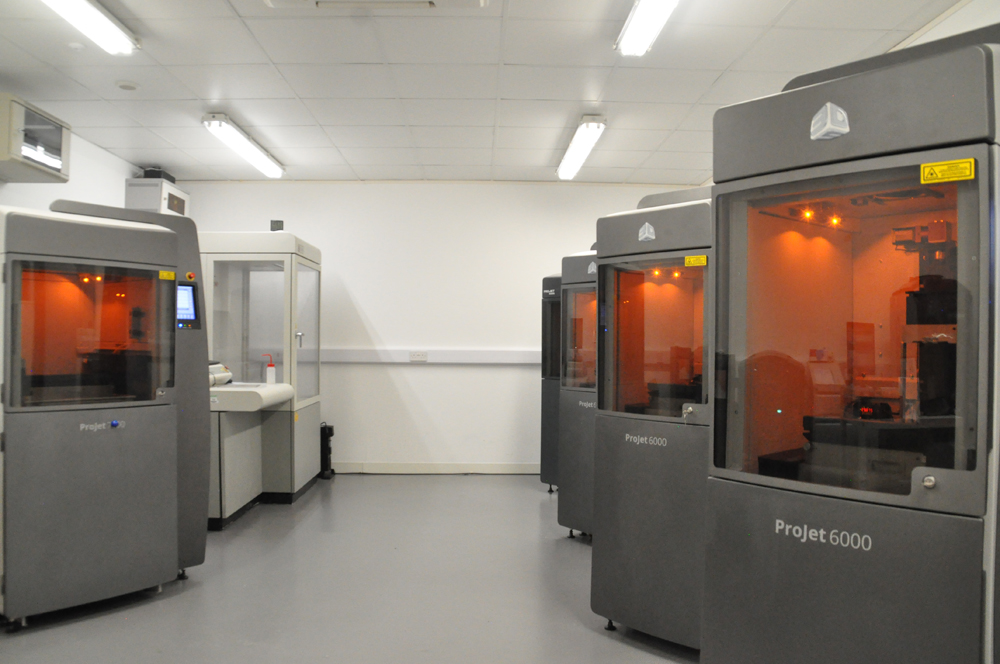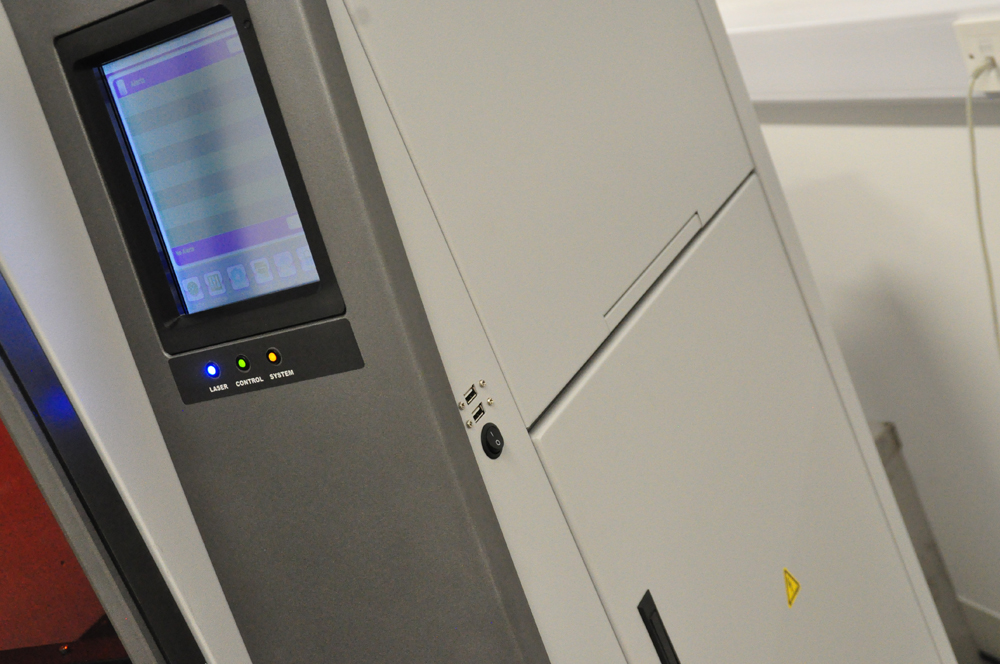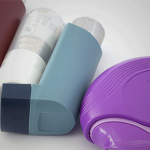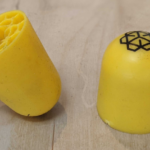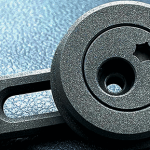- Home
- SLA Prototyping
- Prototyping guide: Stereolithography, SLA prototyping
Prototyping guide: Stereolithography, SLA prototyping
The term ‘3D printing’ could be deemed an all-encompassing one, but in the professional world of product, industrial, medical device design and development, and more, it doesn’t quite cut it. Why? Because professional ‘3D printing’ is much more versatile and diverse.
What is stereolithography prototyping?
Stereolithography, or SLA rapid prototyping, is a 3D Printing technology used for rapid prototyping and additive manufacturing.
It is a process that is typically used early in product development to produce concept models, one-off presentation models and masters for use in Vacuum Casting.
Did you Know?
Stereolithography was first developed in the 80’s and was commercialised in the early 90’s.
How does stereolithography work?
A 3D CAD model is sliced into 0.1mm or 0.05mm layers. A laser then tracks each layer on the surface of a liquid resin, curing the resin as it goes. The first layer is anchored down to a build platform using a support structure. The build platform is then lowered in 0.1mm or 0.05mm drops to allow each layer to bond to the previous layer.
SLA produces parts with good quality smooth surface finish, high accuracy and thin, straight, vertical walls.
The range of materials that can be used allows for a range of tolerances and property resilience. The materials mimic the properties of ABS, polycarbonate and polypropylene.
The speed that parts can be made makes this a very cost – effective way to rapidly develop products.
What applications are possible for SLA parts?
SLA materials provide a number of properties (depending on material selection):
- High temperature resistance
- Clear or Opaque
- High level of feature detail
- Excellent surface finish
- Post print operations (painting/threads/inserts)
These properties make SLA ideal for pre-production applications, such as:
- Concept models
- Presentation models
- Master patterns for Silicone Tooling & Vacuum Casting
What are the benefits of stereolithography?
In the overall product design and development cycle, SLA rapid prototyping is a vital process for helping get products to market fast.
The main benefits of stereolithography are:
Speed
This is the principle benefit. Depending on the exact specifications, SLA models can be turned around overnight.
Cost effective
Allowing the rapid development of new products, faster design iteration process.
Is it possible to add a textured surface to an SLA part?
Although not widely adopted within the UK yet, some prototyping bureaus offer a texturing surface whereby practically any texture can be applied to the surface of an SLA part during the printing process.
What material simulations can the SLA process deliver?
It is possible to deliver the following material simulations using SLA prototyping:
- Polypropylene
- PC
- High temperature high durability plastic
- ABS
Can we help bring your project to life?
Prototype Projects is a UK-based prototyping bureau delivering high quality prototype parts in fast turnaround times. Our next day dispatch service is available for SLS, SLA, FDM and PolyJet parts. We also offer a surface texturing service for SLA and SLS prototype parts.
